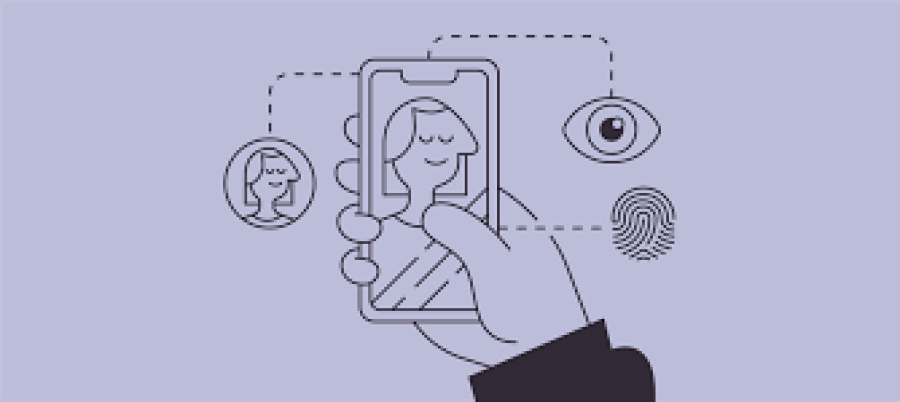How Augmented Reality (AR) is Transforming Web Experiences
Augmented Reality (AR) is no longer limited to gaming or mobile apps—it’s rapidly transforming web experiences by blending digital content with the real world directly through web browsers. For freelancers and developers on FreelancerBridge, AR offers exciting opportunities to create immersive, interactive websites that captivate users and boost engagement. This article explores how AR technology is revolutionizing web development, enhancing user experience, and opening new doors for creative freelance projects.
Long Description
The digital world is evolving at an unprecedented pace, and Augmented Reality (AR) stands at the forefront of this transformation. AR technology overlays virtual objects onto the real environment, creating an interactive experience that was once unimaginable on traditional web platforms. Today, with advances in web technologies like WebAR, freelancers and developers can build AR experiences accessible directly from browsers without requiring additional apps or downloads.
1. Enhancing User Engagement and Interactivity
AR enriches websites by adding layers of interactive content, allowing users to engage with products, services, or information in a much more immersive way. For example, eCommerce sites can let customers “try on” clothes virtually or visualize furniture in their homes. This hands-on interaction keeps users engaged longer and increases the likelihood of conversion — a critical advantage for freelancers building client websites.
2. Broad Accessibility Through WebAR
Unlike traditional AR that often requires dedicated apps, WebAR uses standard web browsers to deliver augmented experiences. This lowers barriers for users and broadens reach, making AR accessible to anyone with a smartphone or computer. For freelancers, mastering WebAR development means offering clients innovative, app-free AR solutions that stand out in a crowded market.
3. Boosting Brand Awareness and Marketing Impact
Brands are increasingly leveraging AR on their websites to create memorable marketing campaigns. Interactive AR experiences encourage social sharing and word-of-mouth promotion, amplifying brand visibility. Freelancers can help businesses craft unique AR-driven storytelling, virtual product demos, or interactive ads that capture attention and build customer loyalty.
4. Improving Product Visualization
AR’s ability to showcase products in a real-world context helps reduce customer uncertainty and returns. Whether it’s seeing how a watch looks on the wrist or previewing a car’s features, AR provides a detailed and tangible sense of the product. Freelancers working with retail and manufacturing clients can integrate AR tools to significantly enhance online shopping experiences.
5. AR in Education and Training
Beyond commerce, AR on the web is transforming education and training by offering interactive lessons and simulations. Freelancers can develop web-based AR tutorials, virtual labs, or training modules that make learning more engaging and effective. This opens opportunities in sectors like eLearning, healthcare, and professional development.
6. Seamless Integration with Existing Web Technologies
AR can be combined with AI, IoT, and data analytics to create smarter, context-aware web applications. For example, an AR-enabled website can customize experiences based on user location, preferences, or behavior. Freelancers skilled in integrating these technologies can deliver highly personalized and innovative web projects.
7. Challenges and Considerations
Despite its potential, AR web development comes with challenges such as device compatibility, performance optimization, and user privacy. Freelancers must stay informed about the latest standards and best practices to deliver smooth, secure, and inclusive AR experiences that work across different browsers and devices.
8. The Future of AR in Web Development
As 5G and edge computing become mainstream, AR experiences on the web will become faster, more responsive, and richer in detail. This future-proofing of AR technology promises even greater opportunities for freelancers to create cutting-edge websites that push the boundaries of user engagement.
9. Monetization and Business Growth
Incorporating AR in websites can be a strong differentiator for freelancers seeking to expand their service offerings. It helps clients stand out in competitive markets, attracts tech-savvy audiences, and opens new revenue streams through interactive ads, virtual try-ons, or premium AR content.
10. Learning and Resources for Freelancers
For those on FreelancerBridge aiming to specialize in AR web development, numerous tools and frameworks such as AR.js, A-Frame, and Three.js make it easier to start. Continuous learning and experimentation will be key to mastering this dynamic field and delivering impactful client projects.
Conclusion
Augmented Reality is transforming web experiences by making them more immersive, interactive, and user-centric. For freelancers on FreelancerBridge, embracing AR technology unlocks new creative possibilities and competitive advantages in web development. By integrating AR into websites, developers can help businesses engage audiences like never before and build innovative digital experiences that shape the future of the web.


 by Emily
by Emily




